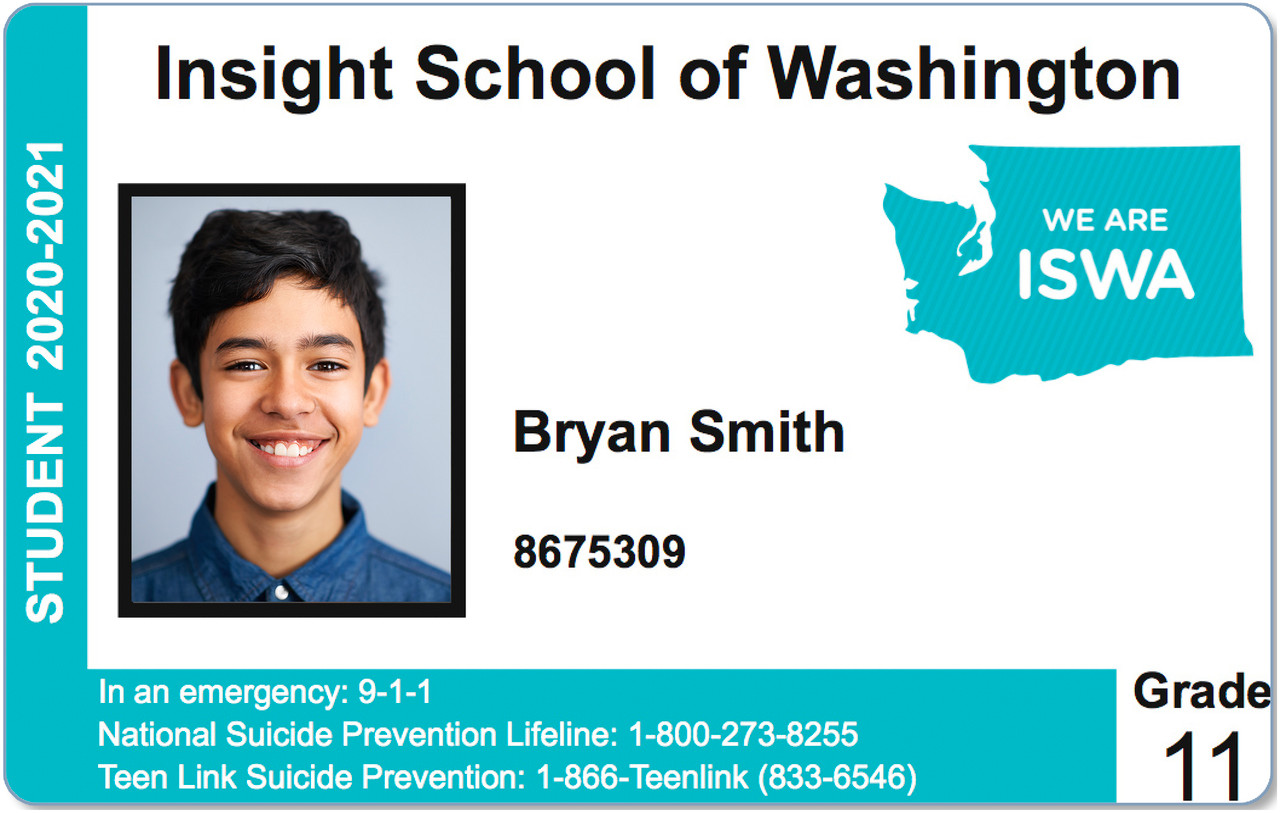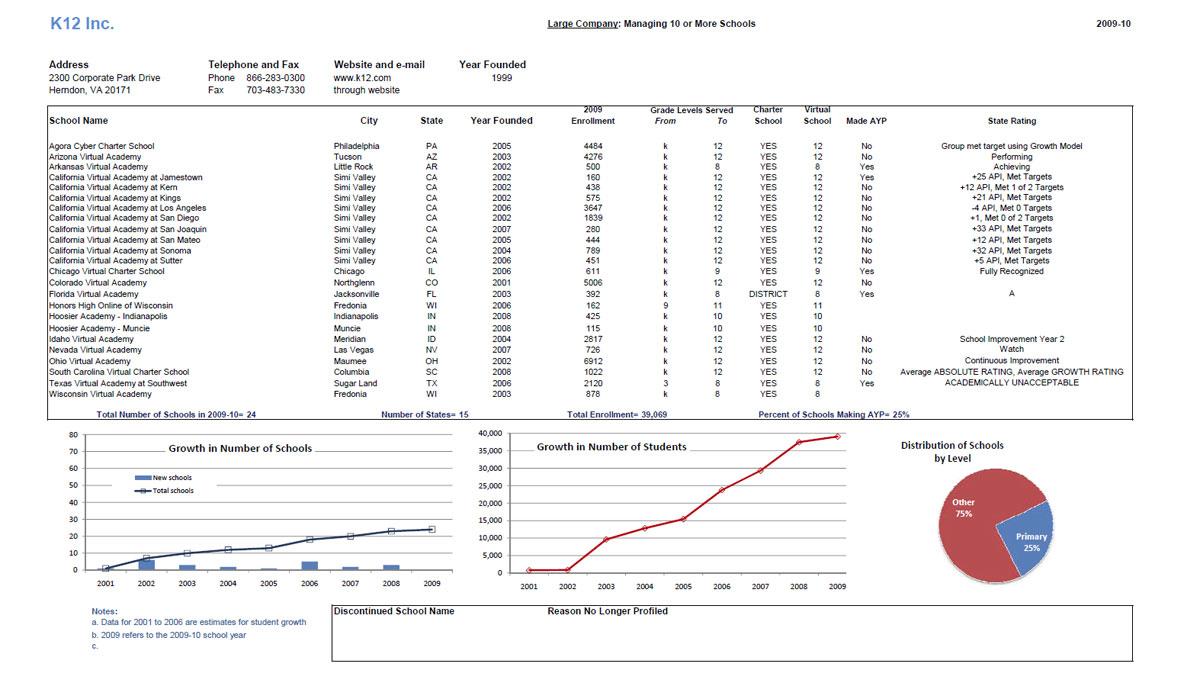

The scope, however, varies slightly state by state. The data represents K-12 students enrolled in standalone online academies and excludes students taking remote classes offered by their home brick-and-mortar school. The growth corresponded with an increase in the number of approved online schools in the state from three to nearly two dozen over that span, a state Department of Education spokesperson explained. In Iowa, an extreme case, virtual school enrollment swelled to 373% of pre-pandemic levels in 2020-21 and notched up even further to 388% in 2021-22. “We didn’t know what to expect after the mandates were lifted, but we maintained our enrollment and we continue to grow,” said Jodell Glagnow, attendance administrator at Wisconsin Virtual Academy. Six states in the dataset - Arkansas, Iowa, Massachusetts, Michigan, Minnesota and North Carolina - saw consecutive year-over-year virtual enrollment increases, while four - Florida, Oregon, Wisconsin and Wyoming - saw dramatic upticks in 2020-21, then a slight dip in 2021-22. But overall, if are staying for a couple of years, I would expect that they would keep it going.” “In some states, the numbers went up temporarily and came back down a bit. “It looks like it’ll stick,” said Robin Lake, director of the Center on Reinventing Public Education. The trend reveals that for many families virtual learning has become more than a temporary model to get through the pandemic - but rather a long-term option preferred in increasing numbers. The new figures contribute to a more far-reaching understanding because, while several reports have documented the uptick in new fully virtual schools and standalone remote academies offered by districts, scant analyses have provided a national picture of student enrollment in those schools. On average across 10 states, virtual school enrollment rose to 170% of its pre-pandemic level in 2020-21, then nudged up further to 176% in 2021-22, according to data obtained by The 74. But in the following year, even as brick-and-mortar schools fully reopened and mask mandates fell, remote schools mostly maintained their pandemic enrollment gains - and in many cases added new seats.
K12 michigan virtual academy full#
While some virtual academies have operated for decades, they saw a well-documented enrollment explosion in 2020-21, the first full school year after COVID, as many virus-wary parents looked to protect their children from infections and anti-mask families sought a way out of face-covering requirements. New data indicate that online schools have had a staying power beyond the pandemic that few observers suspected.

that tried virtual learning for the first time during the pandemic and are now staying with it. The Maxwells, whose three kids are now 9, 11 and 15, are among the thousands of families across the U.S.

“We decided after doing that, since the younger two kids did so well outside of a brick-and-mortar, keeping them virtual would be the best way to help them academically.” Kristy Maxwell, left, with her family, including Levi, in orange. “When everything shut down and we were forced to go virtual … my two younger kids did really well,” Maxwell said. His younger sister, who struggles with anxiety, could take breaks to pet the family’s dogs. Then, in March 2020, the pandemic shifted all classes at his school online and forced the family into an accidental experiment in a new model of education.ĭuring remote school, Levi could get one-on-one attention sitting next to his mother, who had to temporarily stop her work as a massage therapist due to COVID. The mother worried her son might never get the learning support he needed. Meanwhile, she was unsuccessful in lobbying the school to screen her child for autism, a way to secure the extra services required by law for students with disabilities. Because Levi was a “math whiz,” staff ignored his trouble socializing and his difficulty handling the cafeteria’s loud noises, Maxwell said. The Michigan mom switched her son to a school that had a good reputation serving students with disabilities, but things didn’t improve. Kristy Maxwell realized something had to change the day she picked her son Levi up from school and found out his teacher had left the autistic kindergartener alone crying and throwing pencils from under his desk. Get stories like these delivered straight to your inbox.


 0 kommentar(er)
0 kommentar(er)
